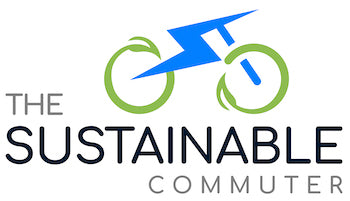
China's Multi-Faceted Strategy for Sustainable Transportation
Share
China is currently undergoing rapid urbanization and industrialization, leading to increased transportation needs. However, with a population of over 1.4 billion, China faces unique challenges in developing a sustainable transportation system that can meet the demands of its growing urban population while minimizing negative impacts on the environment. To address these challenges, the Chinese government has implemented a multi-faceted strategy for sustainable transportation with the following goals:
-
Reducing air pollution and greenhouse gas emissions: China is one of the largest contributors to global air pollution and greenhouse gas emissions due to its heavy reliance on coal for energy production and transportation. The government has set ambitious targets to address this issue and aims to reduce air pollution and greenhouse gas emissions.
-
Increasing the efficiency and accessibility of transportation systems: China's rapidly growing urban population presents challenges in managing traffic congestion and providing efficient transportation options. The government recognizes the importance of improving transportation infrastructure and services to meet the needs of its urban population, promote economic growth, and enhance social development.
Key components of China's sustainable transportation strategy include:
-
Promotion of electric vehicles (EVs): The government has actively supported the development and adoption of EVs through subsidies and financial incentives. These measures have made EVs more affordable for consumers and have played a crucial role in driving the rapid growth of the EV market in China. Financial organizations like the Bank of China also offer incentives for EV adoption, such as low-interest loans and preferential insurance rates.
-
Prioritization of public transportation: The government has made significant investments in expanding metro systems in major cities, making public transportation more accessible and convenient for residents. Public transportation not only reduces congestion but also helps to reduce air pollution by decreasing the number of private vehicles on the roads. The government is also promoting cycling and walking initiatives for short-distance travel.
-
Utilization of green technologies: China is deploying green technologies in transportation, such as electric buses powered by solar energy. These buses reduce air pollution and greenhouse gas emissions while showcasing the potential of renewable energy in powering transportation. Private companies like Huawei are also developing smart transportation solutions that integrate renewable energy sources, such as solar and wind power, to power electric vehicles and charging stations.
Conclusion
China's sustainable transportation strategy aims to address the challenges posed by rapid urbanization and industrialization. By promoting electric vehicles, prioritizing public transportation, and utilizing green technologies, China is taking significant steps towards reducing air pollution, congestion, and fossil fuel dependency. Although there is still much work to be done, China's approach serves as a model for other countries facing similar challenges in developing sustainable transportation systems.
